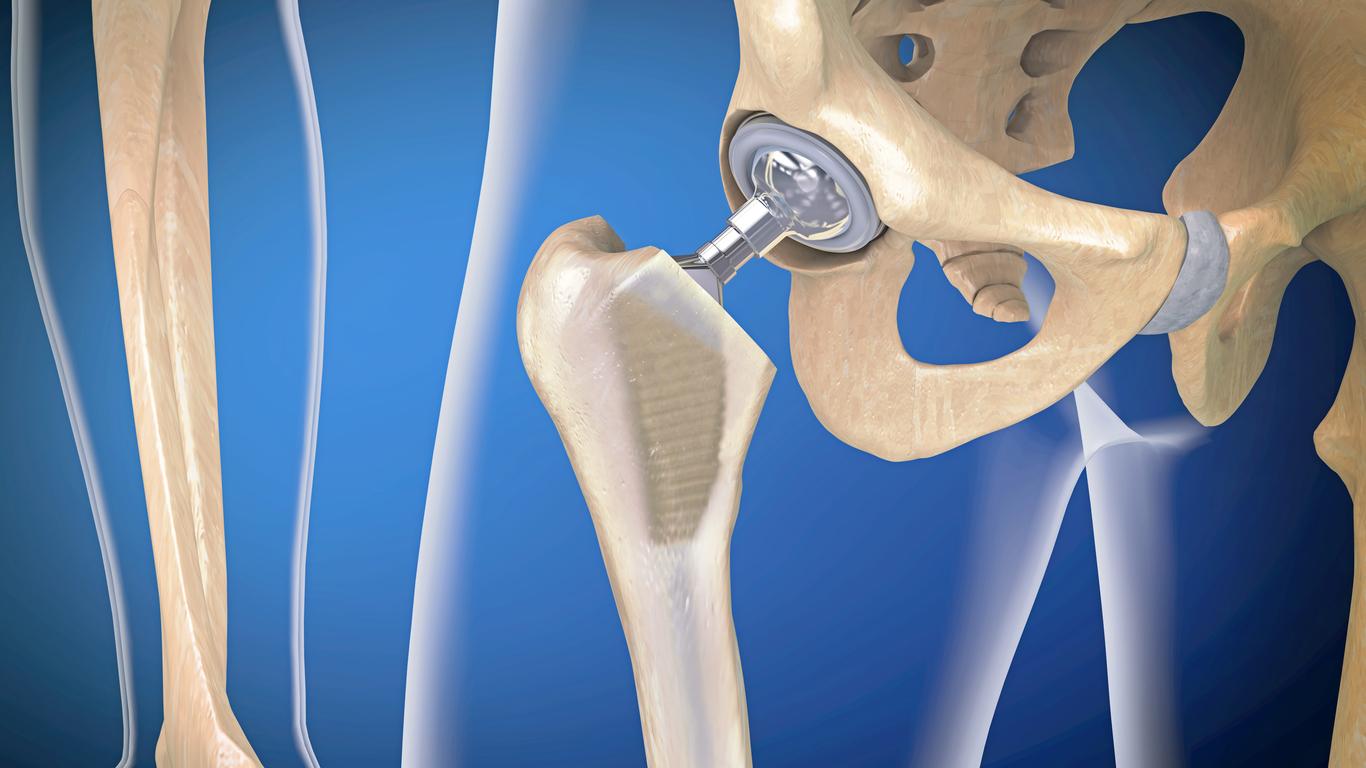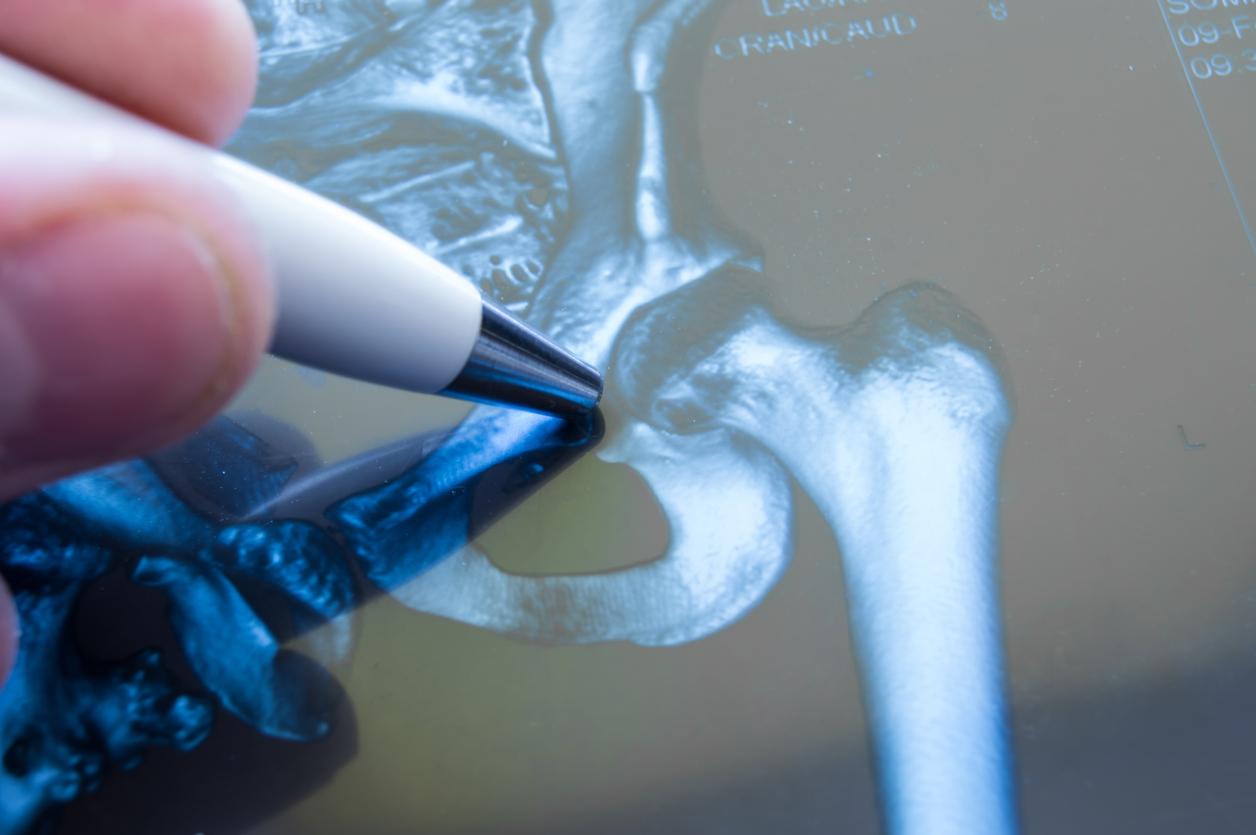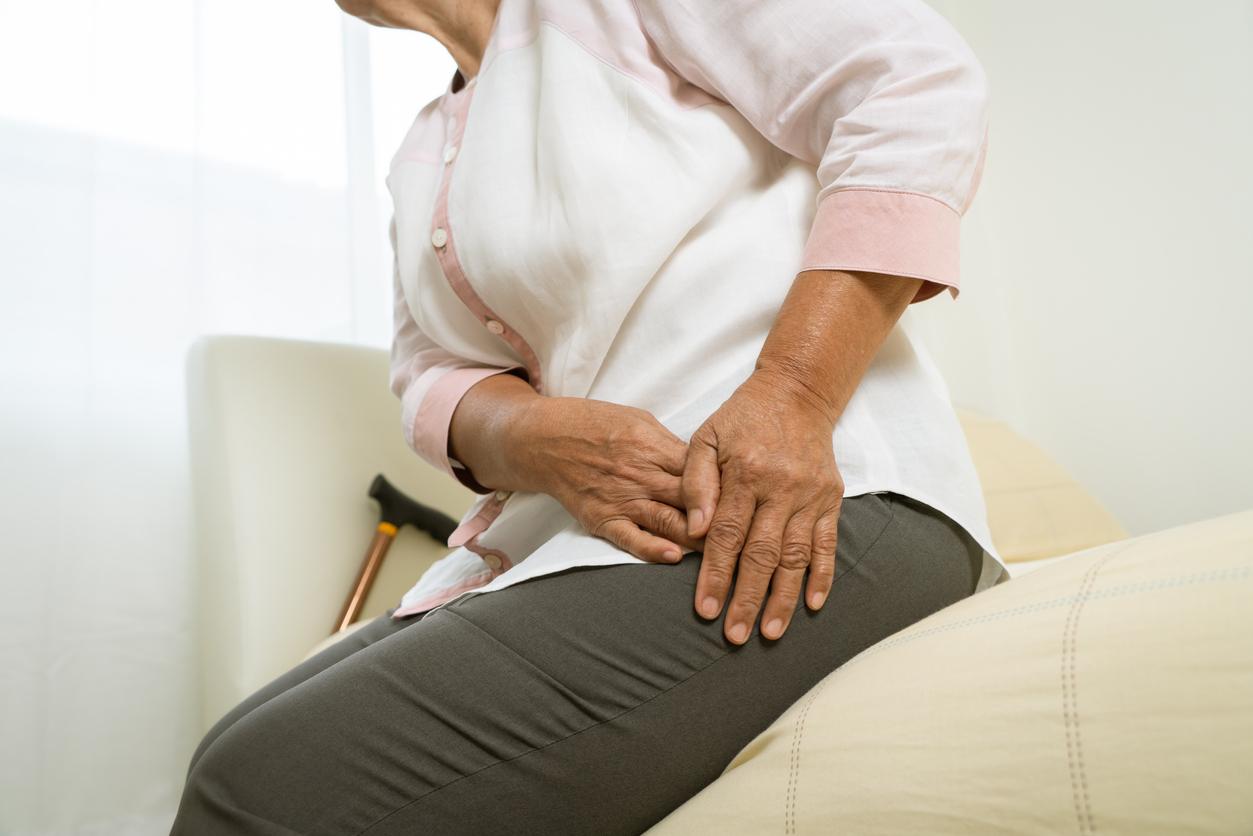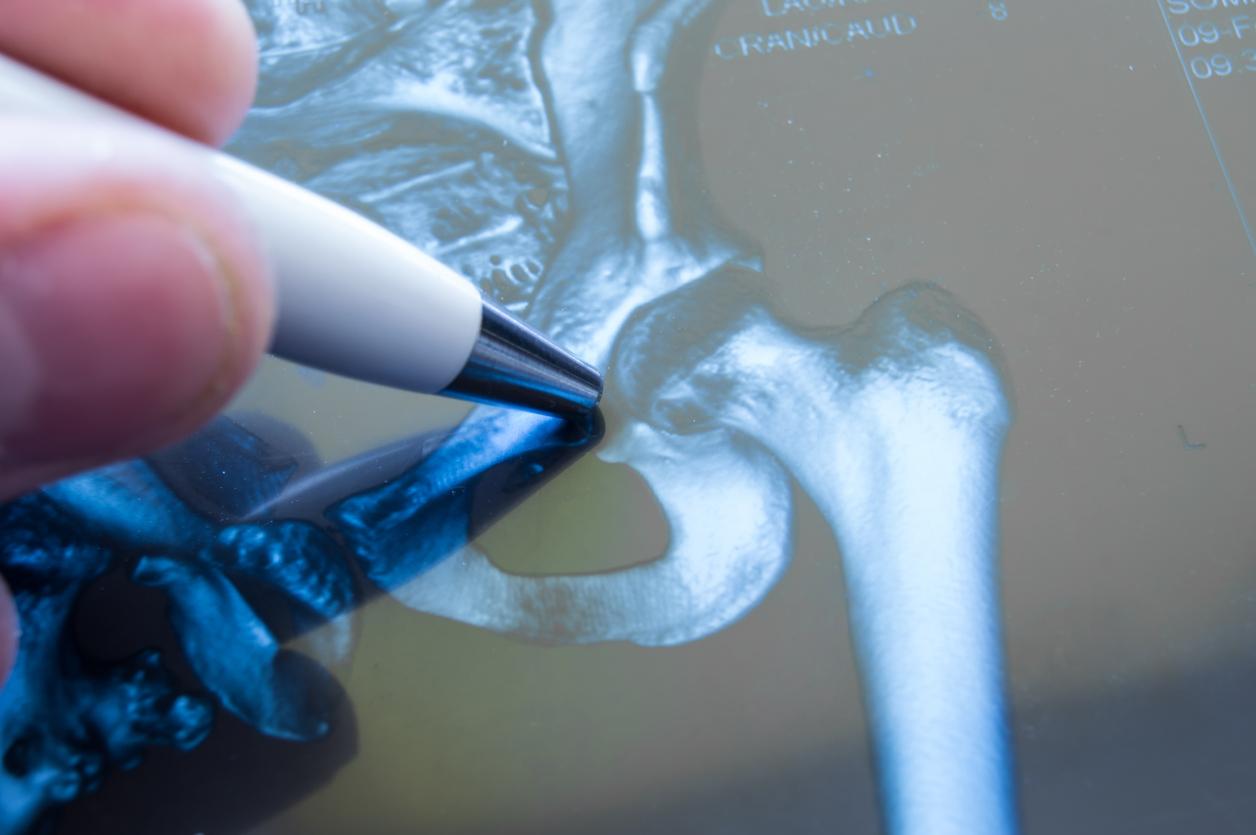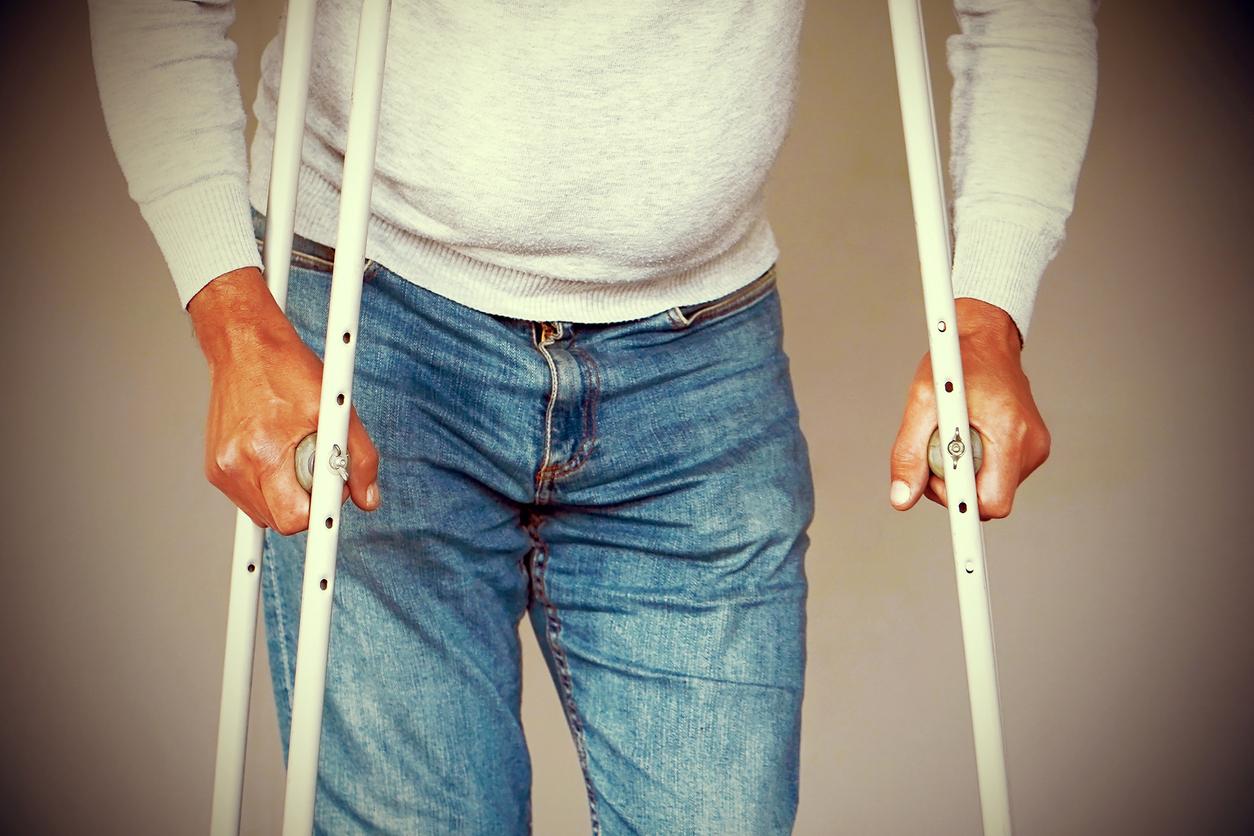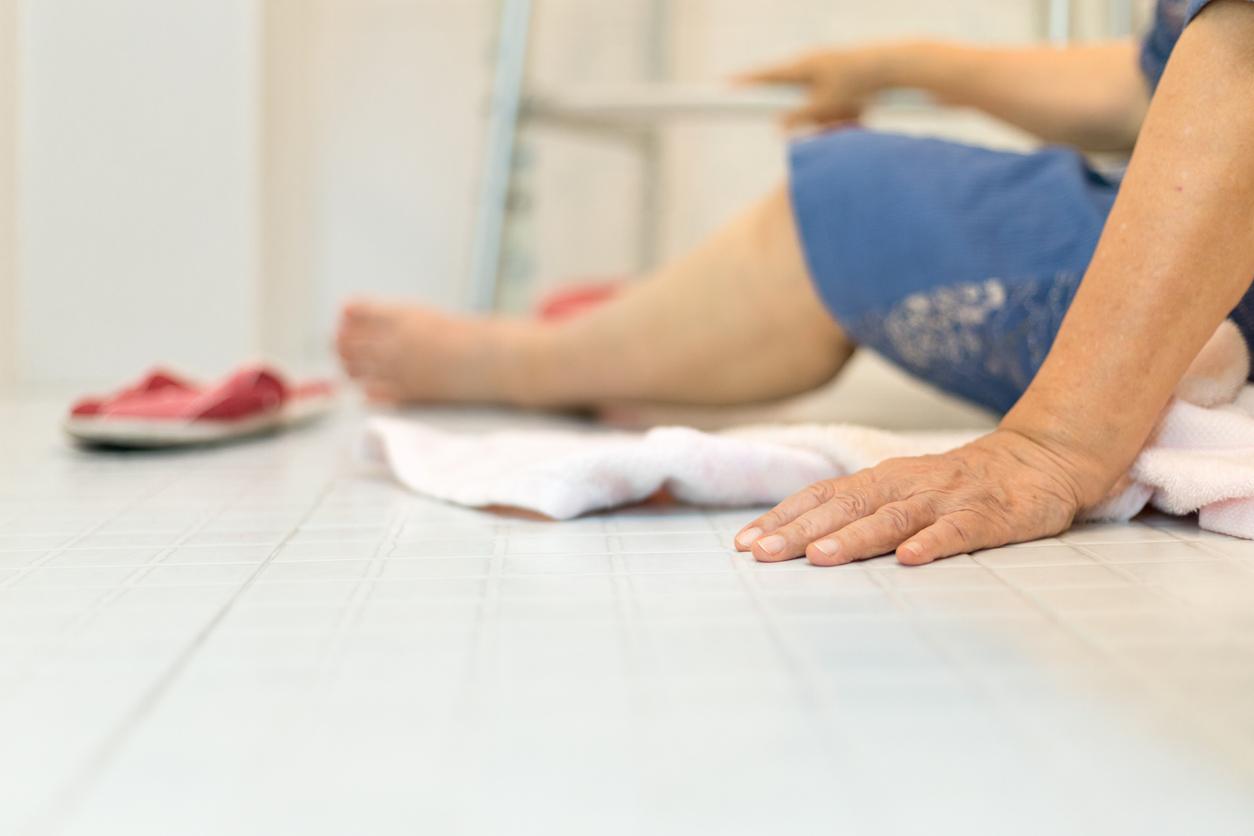What are the causes ?
Hip dysplasia results in increased mobility of the head of the femur in the joint. At birth, around 6 in 1000 newborns will present this defect, mostly girls. In general, the diagnosis is not too complicated, as the head of the femur on the affected side is displaced upwards and does not articulate normally with the pelvis. This diagnosis can therefore be made from birth and it is always possible to confirm it by an ultrasound.
The causes are not all known. Certain dislocations would be favored by hyperlaxity of the ligaments of the fetus, of genetic origin and perhaps also hormonal. A breech birth, a family history of congenital hip dislocation or certain orthopedic abnormalities (torticollis or deformity of the feet, for example) are also considered to be risk factors.
How to tell if a baby has a congenital hip dislocation
Clinical screening for congenital hip dislocation (CHL) is part of the mandatory newborn examination. As the High Authority for Health (HAS) underlines in its recommendations, even if the clinical examination in the maternity ward is normal, the patient screening must be performed at each systematic examination up to the age of walking. Indeed, “a subluxation can form slowly after birth and is then not detectable in the neonatal period, hence the importance of repeating clinical examinations until the age of walking”.
At the maternity ward:
If the examination is abnormal : an ultrasound makes it possible to verify that there is indeed LCH.
If the exam is normal but there are risk factors (female sex, children with a family history of CHL, breech presentation): an ultrasound should be performed at the age of one month.
If the exam is normal and there are no risk factors : Clinical examinations should be performed regularly at each visit to the pediatrician or at the PMI, until the child begins to walk. If an abnormality appears before the age of 3 months, an ultrasound is prescribed. If this anomaly appears from the 4th month (that is to say at the end of 3 months), a control X-ray is prescribed.
It is important to examine babies’ hips regularly and check their mobility because uncorrected CHL leads in the long term to lameness from the start of walking, chronic pain and degenerative disease (osteoarthritis) which can appear very severe. precocious, from the age of 20.
Congenital hip dislocation: how is it treated?
One in three times, the hip will heal on its own, but two out of three times treatment is necessary.
In case of very early discovery, a semi-rigid diaper is placed between the thighs to keep them apart, for about three months.
In the event of a later discovery, it is necessary to exert traction on the hip joint with a cast: it is quite impressive but after 4 to 6 months of plaster, the hip regains its good position.
It is onlyin case of failure (in less than 1% of cases) that surgery should be considered. This operation involves cutting part of the pelvic bone to reorient it and restore the proper functioning of the femur in the iliac bone. The operation is followed by wearing a cast taking the size of the child and going down to the toes for several weeks.
Read also :
Hip problems in adulthood for premature babies
Growth retardation in utero: only one in 5 babies diagnosed








